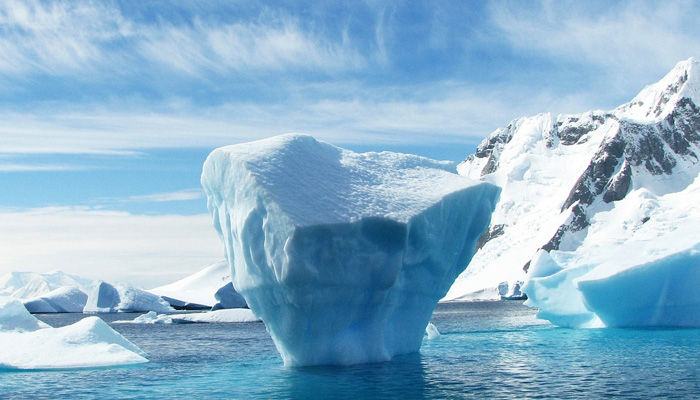
Understanding Our Dynamic Climate
Climate literacy includes learning the "basic concepts of regional and global climate systems, the dynamics and the interconnections of the components of the Earth system, natural climate cycles, and the evidence for and implications of human-induced climate change." - CLEAN Pathway
Understanding what affects climate systems, and what they affect, is increasingly critical. Expand your learners’ climate knowledge with howtosmile.org activities aligned to the seven Climate Literacy principles. Many organizations and agencies created the Climate Literacy framework together, beginning with the National Oceanic and Atmospheric Administration and the American Association for the Advancement of Science, and most recently groups working with the U.S. Climate Change Science Program.
Find the principles here or download a pdf document here. Visit the Climate Literacy and Energy Awareness Network (CLEAN) Pathway to learn more.
Essential Principles
Choose one of the essential principles to view related activities.
- The Sun is the primary source of energy for Earth's climate system.
- Climate is regulated by complex interactions among components of the Earth system.
- Life on Earth depends on, is shaped by, and affects climate.
- Climate varies over space and time through both natural and man-made processes.
- Our understanding of the climate system is improved through observations, theoretical studies, and modeling.
- Human activities are impacting the climate system.
- Climate change will have consequences for the Earth system and human lives.
Climate is regulated by complex interactions among components of the Earth system.

The natural Greenhouse Effect, regional geography, the oceans, the atmosphere and biota all exert controls over parts of the climate system. Feedbacks between different parts of the Earth system can either amplify or mitigate changes in the climate.
Climate varies over space and time through both natural and man-made processes.

While weather is variable on short time scales, Earth's overall climate also varies over longer time intervals. Natural processes that influence changes in climate do not account for recent increases of greenhouse gases, temperatures and sea level rise.
Our understanding of the climate system is improved through observations, theoretical studies, and modeling.

Changes in the climate system are recorded by observations, direct measurements, and the geologic record. Computer models can be used to reconstruct past climates, project future climate scenarios, and guide decisions.
Climate change will have consequences for the Earth system and human lives.

Impacts of a warming climate include sea level rise, declining availability of freshwater resources, increasing extreme weather, acidification of the oceans, disruption to ecosystems and effects to human health and agriculture.
Framework Credits: Climate Literacy: The Essential Principles of Climate Sciences, Climate Literacy Network; Creative Commons license Attribution-NonCommercial-ShareAlike 3.0



